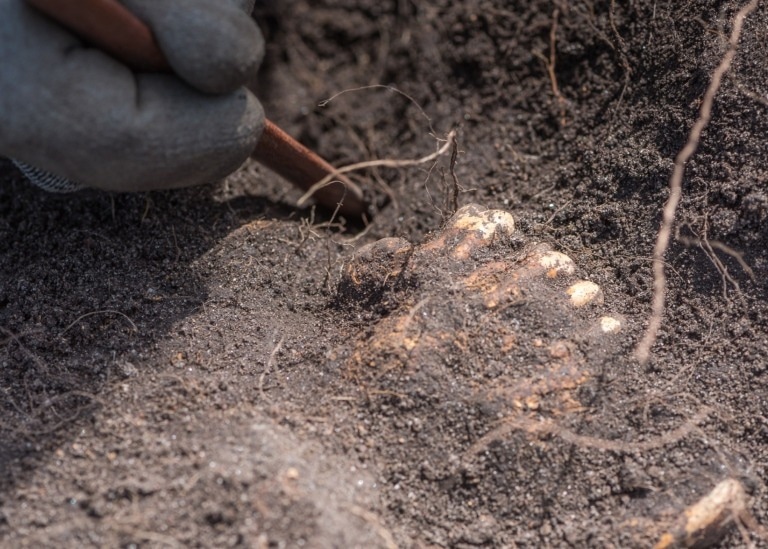Reviewed by Danielle Ellis, B.Sc.Jan 6 2023
The complex relationships between geography, ancestry, and gene flow in Scandinavia—covering the Roman Age, the Viking Age, and later periods—are resolved in a new study based on 297 ancient Scandinavian genomes that were analyzed along with the genomic data of 16,638 modern Scandinavians.
 Archaeological excavation at Sandby Borg. Image Credit: Daniel Lindskog
Archaeological excavation at Sandby Borg. Image Credit: Daniel Lindskog
A startling rise in variation during the Viking age suggests that there was particularly active gene flow into Scandinavia at this time.
An international investigation into the evolution of the Scandinavian gene pool over the past 2000 years is being coordinated out of Stockholm and Reykjavik. The scientists used material discovered in Scandinavian archaeology along with ancient and historical genomes in this endeavor.
Genomic information from 16,638 modern Scandinavians was compared to these ancient genomes. Since all of these people's origins and ages were known, it was possible to unravel the evolution of the gene pool to a degree never before realized.
With this level of resolution, we not only confirm the Viking Age migration. We are also able to trace it to the east Baltic region, the British-Irish Isles, and southern Europe. But not all parts of Scandinavia received the same amounts of gene flow from these areas. For example, while British-Irish ancestry became widespread in Scandinavia the eastern-Baltic ancestry mainly reached Gotland and central Sweden.”
Dr Ricardo Rodríguez Varela, Centre for Paleogenetics, Stockholm Syndrome
The gene pool bounced back after the Viking period
What happened to the gene pool after the Viking era was a novel finding in this study. The fact that it reverted to its earlier appearance before the Viking period migration surprised the scientists.
Interestingly, the non-local ancestry peaks during the Viking period while being lower before and after. The drop in current levels of external ancestry suggests that the Viking-period migrants got less children, or somehow contributed proportionally less to the gene pool than the people who were already in Scandinavia.”
Anders Götherström, Study Senior Scientist and Professor, Centre for Palaeogenetics, Stockholm University
The history of the northern Scandinavian gene pool, however, was a brand-new finding. Northern Scandinavia has a genetic component that is uncommon in central and western Europe, and researchers were able to follow this component over the past 1000 years.
Dr Varela added, “We suspected that there was a chronology to the northern Scandinavian gene pool, and it did indeed prove that a more recent influx of Uralic ancestry into Scandinavia define much of the northern gene pool. But if it is recent, it is comparatively so. For example, we know that this Uralic ancestry was present in northern Scandinavia as early as during the late Viking period.”
Based on well-known Swedish archaeological sites
A number of well-known Swedish archaeological sites served as the study's inspiration. For instance, there are genomes from the warship Kronan, which was built in the 17th century, from the lake Mälaren Valley boat burials from the Viking and Vendel periods, and the Sandby borg on Öland ring fort from the Migration period on land.
Götherström concluded, “We were working on a number of smaller studies on different archaeological sites. And at some point, it just made sense to combine them into a larger study on the development of the Scandinavian gene pool.”
Source:
Journal reference:
Rodríguez-Varela, R., et al. (2022). The genetic history of Scandinavia from the Roman Iron Age to the present. Cell. doi.org/10.1016/j.cell.2022.11.024